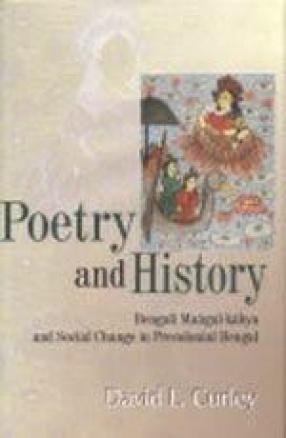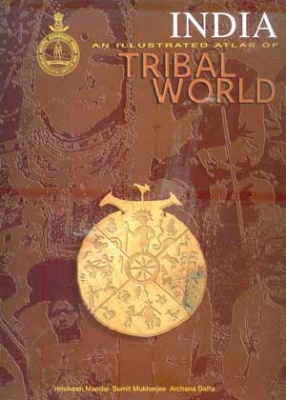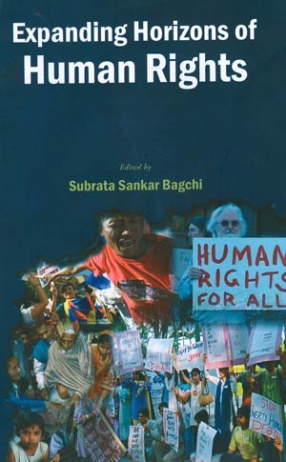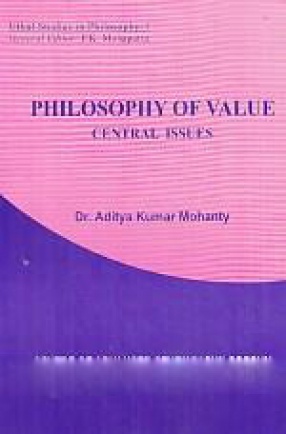Poetry and History: Bengali Mangal-Kabya and Social Change in Precolonial Bengal
This collection of essays analyzes Bengali Mangal-kabya, a genre of narrative literature. The first essay argues that the didactic purposes of Mangal-Kabyas and the performative pleasures based upon satire make them rich sources for historians of Pre-Colonial Bengal. Three essays focus on Candimangal texts, especially the version by Mukunda Cakrabarti, probably written before 1600 A.D. They argue that Mukunda used a 'scale of transactions' to describe normative roles for merchants in trade, for women in several status grades, and for warriors and kings who would seek to establish more pacific polities. Three later essays employ more usual sources for writing social history in order to relate Mangal-Kabya texts to their historical contexts. A study of the gesture of 'taking up' pan suggests changing meanings, given the more centralized and bureaucratic claims to authority of the Mughal State. A study of the artistic patronage of Raja Krsnacandra of Nadiya discovers a novel claim to kingship in Bharat' Candra's Annadamangal, and in contemporary temples and temple inscriptions sponsored by the Raja. The final essay suggests that during the initial period of British Rule, Lala Jayinarayan Sen used new stories and new kinds of stories in composing Mangal-Kabya, in order to explore the kinds of agency required by the chaos of distinctly 'Modern' times.
Get it now and save 10%
BECOME A MEMBER







Bibliographic information